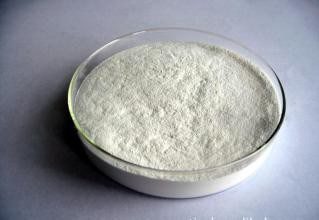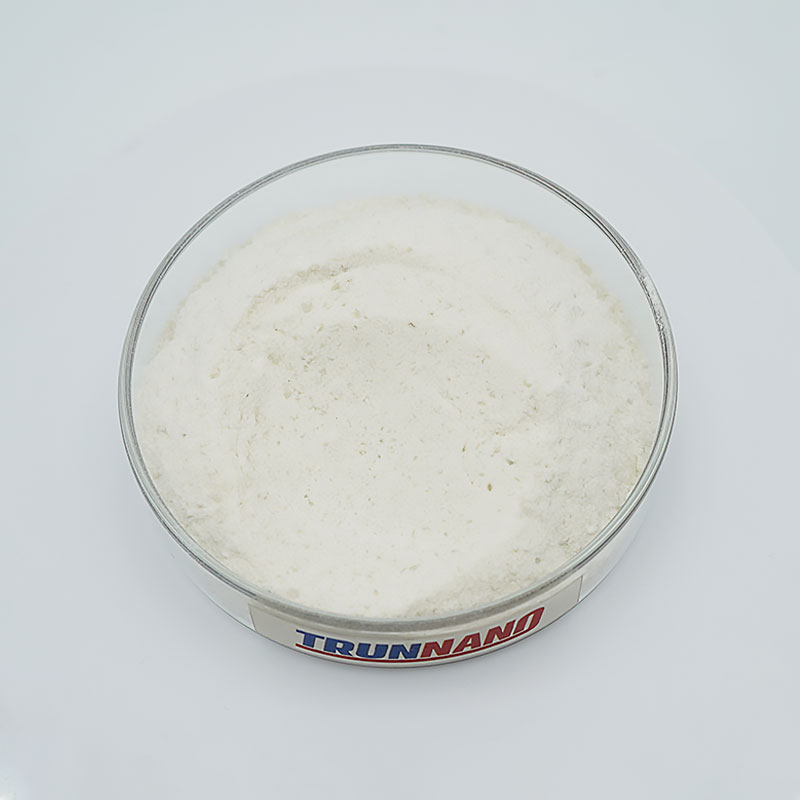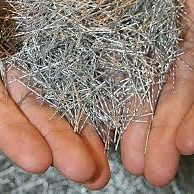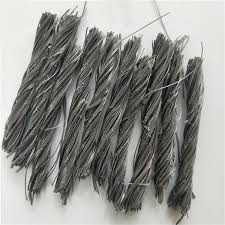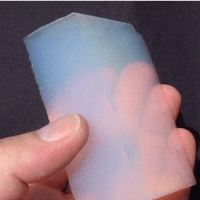Professional solutions on concrete addtives, Concrete Foaming Agent, Superplasticizer, CLC Blocks Additives, and foaming machine
(How to choose defoamer in concrete industry)
What is Concrete defoamer
Concrete defoamer helps prevent the foam from forming in the first place, so the air that gets whipped into the concrete during mixing won't form foam. The most broadly used are mineral oil-based due to their optimal performance and lower cost. Non-silicone defoamers are also formulated with vegetable oils, white oils, esters, fatty alcohols, synthetic polymers, etc., depending on the characteristics, compatibility, and requirements of each foaming system. Mostly, nonionic surfactants such as ethoxylated or propoxylated fatty alcohols with low cloud points are used here. The rapid development of the concrete industry has placed higher requirements on the admixtures used in concrete, especially the performance of water-reducing agents. Polycarboxylic acid high-performance water reducer is the latest generation of water reducer. Its high water reduction, good dispersibility, and plasticity retention allow it to rapidly expand the application field and gradually replace naphthalene, melamine, and other high-efficiency water reducers. However, due to the molecular structure of polycarboxylic acid water-reducing agent, more bubbles are introduced during concrete mixing, the size is not uniform, and the quality of concrete is affected. It is necessary to improve the workability of concrete by adding defoamers to meet the production needs… The compounding with a polycarboxylic acid water-reducing agent requires good compatibility of defoamer and water-reducing agent, little effect on water reducing the rate of a water-reducing agent, and workability of concrete.
How to choose defoamer in concrete industry?
Antifoaming agents are also called antifoaming agents. There are many types of antifoaming agents. They are organosiloxane, silicone, and ether grafted, containing amines, imines, and amides. They have faster defoaming speed and longer foam suppression time. Wider, even harsh media environments such as high temperature, strong acid, and strong alkali characteristics. It is widely used to remove harmful foams in the production processes of latex, textile sizing, food fermentation, biomedicine, coatings, petrochemicals, papermaking, industrial cleaning, and other industries. Most of the defoamers currently used in concrete mortars are composites based on modified polyethers and modified polysiloxanes. Polyether is a type of polymer composed of C—O—C bonds. It mainly uses bimetallic catalysts or strong bases as catalysts to embed ethylene oxide (EO) rings on active O—H or N—H bonds. It is formed by propylene oxide (PO) or butylene oxide (BO). Polyethers are mainly used as defoamers to take advantage of the relationship between solubility and temperature; for nonionic surfactants containing EO, as the temperature increases, the solubility of the polyether in water changes from water-soluble to water-insoluble. When polyether exists in water as a certain size of particles, it meets the characteristics of a defoamer that is "insoluble in the foaming medium." Therefore, it can act as a defoamer in certain media at this time, especially in Some industries and fields that cannot use silicone as a defoamer, such as steel plate cleaning, circuit board cleaning, paper industry, etc. However, in many practical situations, the defoaming ability of polyether is not enough, and the actual defoaming temperature varies widely. At this time, the polyether defoamer polyether exhibits obvious defects. Therefore, it is necessary to modify the polyether. The general modification method is to use an active group to react with the hydroxyl group on the polyether structure. The unit reactions involved are mainly esterification and condensation reactions. Modified substances include fatty acids, coupling agents, fatty alcohols, and the like.
How to choose defoamer in concrete
The strength change of concrete is mainly affected by the air content of concrete after adding a defoamer and air-entraining agent. Experiments show that with the increase in the amount of defoaming agent, the concrete's air content and water reduction rate decrease. In severe cases, bleeding and bottom digging occur, which makes the concrete workability worse. We should pay attention to three points during use: Defoaming agent used in the production of concrete with polycarboxylate superplasticizer will reduce the gas content of polycarboxylic acid superplasticizer, and the concrete slurry will be more viscous. Agent eliminates the uneven large bubbles in the polycarboxylic acid and introduces uniform small bubbles, which can increase the peace of concrete. The defoaming agent has strong dispersibility with water and admixture, and it is easy to separate after a long time standing. It is recommended that stirring be continued during this period. The antifoaming agent may reduce its performance due to alkalinity. Please avoid using it at a pH value of 10 or higher.
Price of Concrete defoamer
Concrete defoamer particle size and purity will affect the product's Price, and the purchase volume can also affect the cost of Concrete defoamer. A large amount of large amount will be lower. The Price of Concrete defoamer is on our company's official website.
Concrete defoamer supplier
If you are looking for high-quality Concrete defoamer, please feel free to contact us and send an inquiry. (sales@cabr-concrete.com). We accept payment via Credit Card, T/T, West Union, and Paypal. TRUNNANO will ship the goods to customers overseas through FedEx, DHL, by air, or by sea.
(How to choose defoamer in concrete industry)


